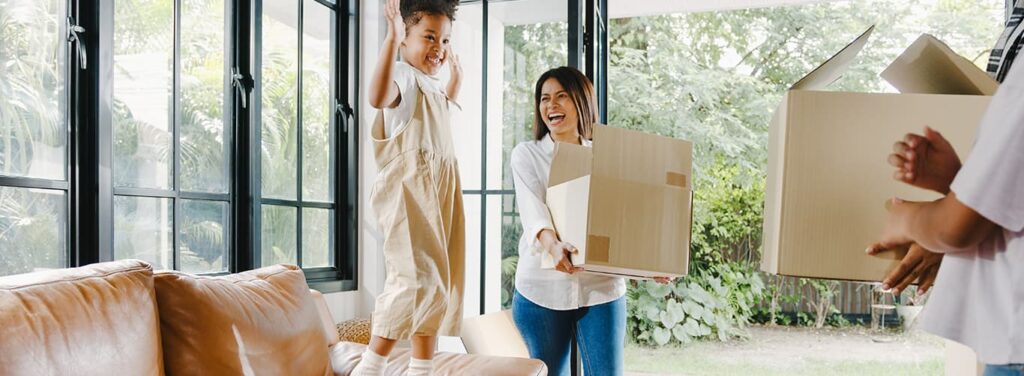We’ve all been given that speech by our parents, or taught by our teachers in primary school Integrated Studies, about the difference between need and want. A need is something you have to have, and a want is what you’d like to have. Needs occupy a generally accepted list of three: food, shelter and clothing – wants are everything else. As we get older, the number of items on the needs list doubles – food, healthcare, housing, utilities, clothing and transportation – and the strict black and white nature of need versus want takes on many shades of grey.
Breaking down our budget into strict needs versus wants seems next to impossible. After all, most of us would consider electricity a need, we don’t break the kilowatts down into each minute of lighting, television, phone charging or air-conditioning – we simply do our best to conserve. And food is a must right? Now, can you imagine trying to do a wheat-versus-multigrain bread need/want analysis on each run to grocery store? You’d be there for hours. The thing about our black-and-white lesson on need vs want is that it neglected to consider one very important need – our happiness.
Happiness may well be the answer most universally given to the question, ‘what do you need out of life?’. And we’re talking proper soul-satisfying joy here. So we won’t tell you the secret to staying on budget is a further division into necessary-needs versus sort-of-needs and wants versus really-wants. Instead here are our recommendations for making purchases that fill you with happiness rather than buyer’s regret:
Write it down
Every time you spend money, even if it’s just $10, write it down. Carry a notebook with you or use your phone — whatever works best to record your spending throughout the day. At the end of each day sort your purchases into categories like groceries, personal-hygiene, transportation and dining-out. Then add another row to your table, call it the ‘happiness scale’, this is where you put down a number from 1 to 10 (1 being ‘not very’ and 10 being ‘extremely’) to represent your feelings about each purchase’s contribution to your long-term happiness. Do this for about a month or two, and in the end you’ll find you will have a much better grasp of what you’ve been buying AND of the things you didn’t really need.
What are you motives?
Explore the overall motivation for purchases you’ve made and purchases you’re considering. Are they things that contribute to the welfare of your family – the pursuit of your passions for example – or are they based on a big-sale or an effort to keep up with the Joneses? Now be honest with yourself here, nobody’s looking over your shoulder. Sometimes we buy things because the price is right, and find our closets buckling under the weight of things unopened and unworn, and other times it’s because we think it’s expected of us. Here’s a good example: The need for a car (which equals happy feet) might be overtaken by the need for a gas-guzzling status-boosting SUV (which equals happy ego). If you find yourself in a similar situation pause to consider whether it will be worth it once bills start piling on.
Plan Ahead
Studies have shown that part of feeling happy is feeling confident about our decisions, and it helps to have a plan. So at the end of each month make a budget. You know what your spending looks like from the exercise in number 1, so before you plan to spend on anything else, plan to spend on you. Use the cash you would have allocated to items that rank under 5 on your ‘happiness scale’ and items for which your motives weren’t the best to add to your savings account. Then plot your weekly spend for the rest of the month. Stick to it — continue logging your purchases. Do a happiness recon at the end of the month. We’re pretty sure there’ll be a big 10 on the spend you switched to saving.
Use Cash-only as a training wheel
Not sure you’ll stick to the plan? Nobody knows you better than you know yourself. If you’re feeling shaky about your first month on this new plan, use cash only. Only take with you the amount you’ve budgeted for that day. That way you had better stick with it unless you plan to lobby for a new barter system.
The 30-Day Rule
It’s not at all hard to identify some wants. Despite the way your pulse quickens and eyes dilate when you see that new model mobile phone or colour-blocked handbag, ignore the 5-year-old candy-deprived-child-level tantrum happening in your head. Write down the item and the cost. An item that might not be a suitable part of this month’s plan for might fit into next month’s. It all depends on how it ranks on your end-of-month ‘happiness scale’ and whether it fits into your budget.
What’s your time worth?
We often think of our salary as what we are paid each month. Instead, we’re asking you to think about how much you are paid each hour. Now ask yourself how many hours does that nifty new item on your wish list costs – that new gadget or accessory could well be 3 days of work! Is it worth it? Or would you prefer to allocate those hours to some other goal?
#GetThrifty
And finally, as you progress, every time you say ‘no’ to a purchase, say ‘yes’ to saving. After a while you’re going to have a pretty steady amount you can earmark for your savings each month. When you find that figure, set up an automated savings account like VM’s iSave, which pulls a set amount of money from your salary into a high-interest savings account each month. After a year, all those one-lesses are equal to so much in interest. And that sounds like long-term happiness to us!












